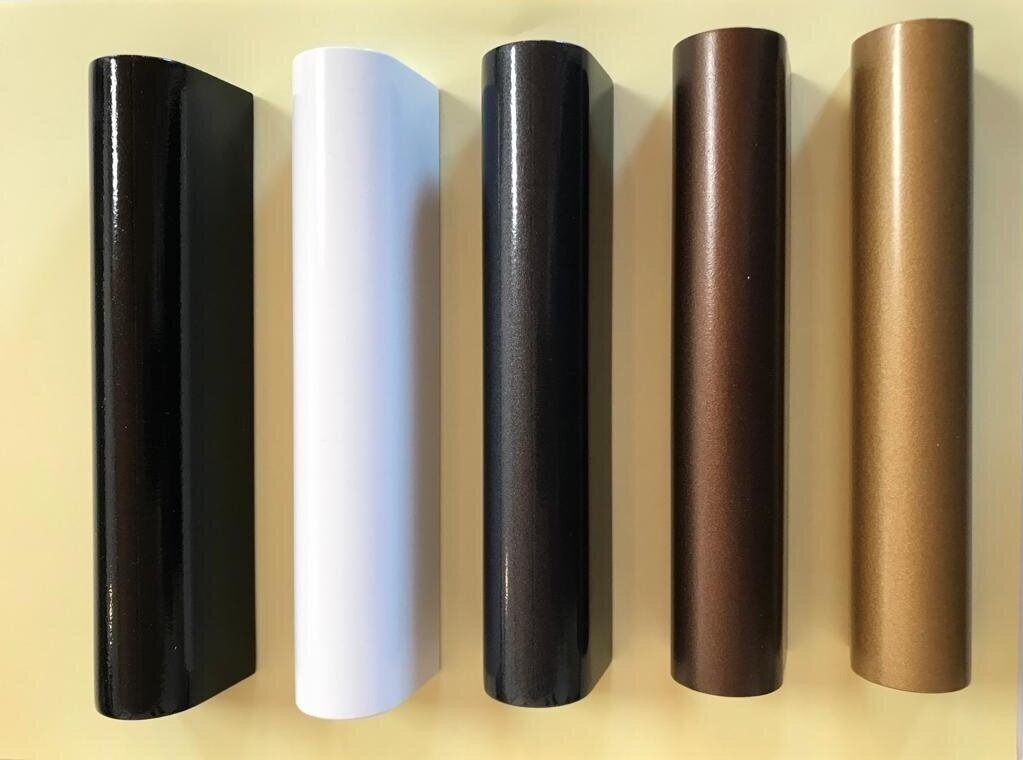~ FAQs~
What is the best lighting for artwork?
The best light source today is of course an LED or a number of LEDs with a high Colour Rendering Index (of Ra95 or higher) and with a rich, warm colour temperature (usually 2700⁰K - 3000⁰K). These should be used in combination with simple lenses to project the light onto and distribute it across the canvas. Such 'LED modules' can come housed in a picture light or in a ceiling spot light.
How do you light up a piece of art?
For art works like paintings there are several ways to light them well. The two most common ways are via adjustable spot lights installed into or surface mounted onto the ceiling - where power will anyway be available for general ceiling lights. However, many people prefer to use picture lights which can be fitted either to the wall or onto the frame of the painting itself, such that people walking in front of the spotlight don't obscure the light and cast shadows. In both cases the lamp source should be a LED with the correct CRI and CCT, and correct lensing.
What are the different types of art lighting?
Picture Lights, ceiling spot lights, track or free-standing spotlights or Fibre optics.
What are the principle criteria of good lighting?
Lighting needs to be appropriate for and balanced within the room - which is a huge topic. Keywords would be : intensity (bright enough; not too bright); scope (good and even coverage without harsh shadowing or glaring patches of over-bright light); tone (for most domestic situations this would be warm and comfortable, which is rated by the light's colour temperature); quality (the most important consideration of all, so that all decor colours and tones - especially colours in a painting - are faithfully rendered, which is rated by the light's high colour rendering index).
What makes a good picture light?
The best picture lights will contain durable LEDs which are of the best tone and quality of light (see above), which is then delivered as uniformly as possible across the canvas. Articulation in the hardware so that the light distribution can be adjusted in situ are the best and, since conservation is also a consideration for different types of artworks, the facility to dim the light can be beneficial.
How high above a painting should a picture light be?
This depends on the size of the painting and where it is hung so that the position of the light is 'relateable' to the canvas. A small painting with a picture light on a huge long arm will look silly; 100mm-150mm above would work best here. But for a much larger painting, where the light has to travel a distance in order to cover the canvas properly, the arms should be longer and the picture light itself higher up - even up to 300mm above the painting in certain instances. Where the painting is hung also matters - for example, on staircases. Particular care, and even the use of special arms, may be required to prevent distracting reflections.
How do you position a picture light?
Measure the width of the frame and make sure the picture light is centred on this width. This is much easier, of course, when there is only one arm; when there are two, you need to do a bit more calculating to make sure you don't have a lopsided result! Also make sure that the picture light itself is sited above the top frame. There is nothing worse than a picture light that hangs down over the canvas, obscuring the whole of the top of the painting. Basically, use your common sense - and a tape measure. A spirit level can also be handy.
Are picture lights worth it?
You have purchased some art because it matters to you to be surrounded by beautiful things in your home - and of course you want to be able to see it properly; so light it properly! Also, a good picture light will usually reflect some useful ambient lighting into the room itself - which is often especially useful in dark corners and hallways. If you already have some ageing traditional picture lights, don't throw them out; it is often suprisingly cost- effective to refurbish these with new LED components. This both avoids waste, and ensures that you can save on energy - typically reducing electrical consumption by up to a whopping 90%. In real terms, this could mean a genuine energy cost saving of £125.00 per painting per year!
Should you hang pictures at eye level?
Yes - if the piece is in a room or hallway or entryway where you're walking past it. Staircases are a different (and more difficult) matter.
How high should art be hung?
Typically 57 inches or 145cm from the floor to the centre of the picture; an average-height person’s eye level should be about mid-canvas.
Do you centre a picture on the wall or over the couch?
We would recommend hanging your artwork centrally above your furniture; this will give a much more balanced effect.
Is there a downside to LED lights?
A top quality picture light will usually involve quite a high initial outlay. This being the case, do take extra special care to ensure that you are getting the right quality of light for your money. But following the initial outlay, you will not have to change any light bulbs for years and years to come and, almost more importantly, a new LED picture light can pay for itself quite quickly through very real energy savings. In real terms, this could mean a genuine energy cost saving of £125.00 per painting per year!
What makes the Very Diddy light different from other lighting options?
The Very Diddy Art Light - as the name suggests - is physically tiny and yet distributes a surprisingly large footprint of light. Also, because it is fitted with just a single, efficient, lensed LED, its power consumption is so low that it can be powered by batteries - so you can hang a picture with confidence in a location that has no power supply.
How does this art light enhance the appearance of artwork?
An art light, as the name suggests, is dedicated to delivering light specifically onto the painting, so lifting it above the level of ambient lighting in the room. This draws attention to the painting as an important feature in itself and, where the light quality and coverage is good, will being out the rich colours and all the detail in the picture, thus greatly enhance the viewing experience.
How are the Picture Lights connected to a mains power supply?
Connection to the mains power supply can be through a dedicated ‘clock-out’ (a recessed box behind or next to the painting) or hooking into the current lighting circuit. If either of these is not an option, power can be taken from a switched skirting-board socket. All picture lights are supply pre-wired to their driver. They do not come with plugs so if this is a requirement please inform us. To ensure the wiring is as discreet and unobtrusive as possible we colour match where possible to the wall, using braided wire to blend in. We also use invisible wire which is a flat electrical cable (approx 1mm thick) with an adhesive backing that is stuck to the wall which in turn is connected to the picture light. After installation, the invisiwire can be painted to match the existing wall.
Can the diddy light accommodate different canvas sizes?
Yes! Our Very Diddy Art light is designed to accommodate canvases measuring up to 35cm x 25cm for a portrait orientation and 25cm x 35cm for a landscape orientation; the optical lensing is selected specially to match the orientation of the canvas.
Is the installation process for this art light difficult?
No, the installation process is straightforward and user-friendly. All necessary hardware and instructions are included with the product.
What is the power source for this art light?
A standard art light is powered either by mains voltage (110 - 230V) via a standard wall socket at floor level or via a flush mounted "clock-out" socket directly behind the painting. The LEDs are powered by a driver which gives the LEDs the required voltage and current. There are also batter-powered versions available which deliver exactly the same light output in intensity and quality which are designed to operate for the same number of 'active hours' between re-charging, regardless of the canvas size. Should you place a mains powered and a battery operated picture light next to each other, there would be no way of telling them apart - performance is identical!
How long will my battery powered Picture Light last before re-charging?
Picture lights using our Intelligent Battery Power Supply will last for up to 35 hours between charges. For more information on our battery powered Picture Lights click here.
Is the Picture Light fitted to the wall or the frame?
Either. We supply mounting bracketry to fix the light to the back of the picture frame or the wall.
Can I dim the Picture Light?
Our Fineline Range of Picture lights from our online store are non-dimmable.
All of our picture lights have the ability to be dimmed. If you require dimming on a mains powered picture light, please consult with us before purchasing. If the lights are to be installed on an existing dimmable circuit, LED technology requires careful alignment between different protocols, and it may be necessary to introduce, for example, up to date switching components to ensure a smooth interface.
How long will my LED Picture Light last?
Typically, you should expect to get 50,000 hours of light life before the LED loses more than 30% of its output – so 15+ years of normal domestic use.
How long is the warranty for?
Three years. For more information click here.
What colours are available. Do you colour match?
Our LED art lights come in 5 standard finishes custom colours and finishes are also available upon request.
• Classic Old Gold
• Antique Bronze
• Anthracite
• White
• Black
They are hand painted here in our UK workshops, using carefully applied paint-spray and curing techniques for wet paint finishing, ensuring a rich lustre and a resilient surface. Further, bespoke colour matching and finishes can be achieved on request.
How long before I receive my Picture Light or InvisiSign?
All our picture lights are handcrafted and made to order in our UK workshops. Picture light orders from our online store usually take up to 10 working days to complete. Please allow up to 3 weeks for delivery of our InvisiSign.
What are delivery costs?
Delivery to the UK is £30.00 for products purchased from our online store, plus £12.00 for each additional item. All products are packaged and sent via insured courier freight.
Do you offer a consultation service?
Providing lighting solutions is what we do and we are more than happy to discuss your requirements. Please contact us so that we can consider which products would best suit your needs and budget.


